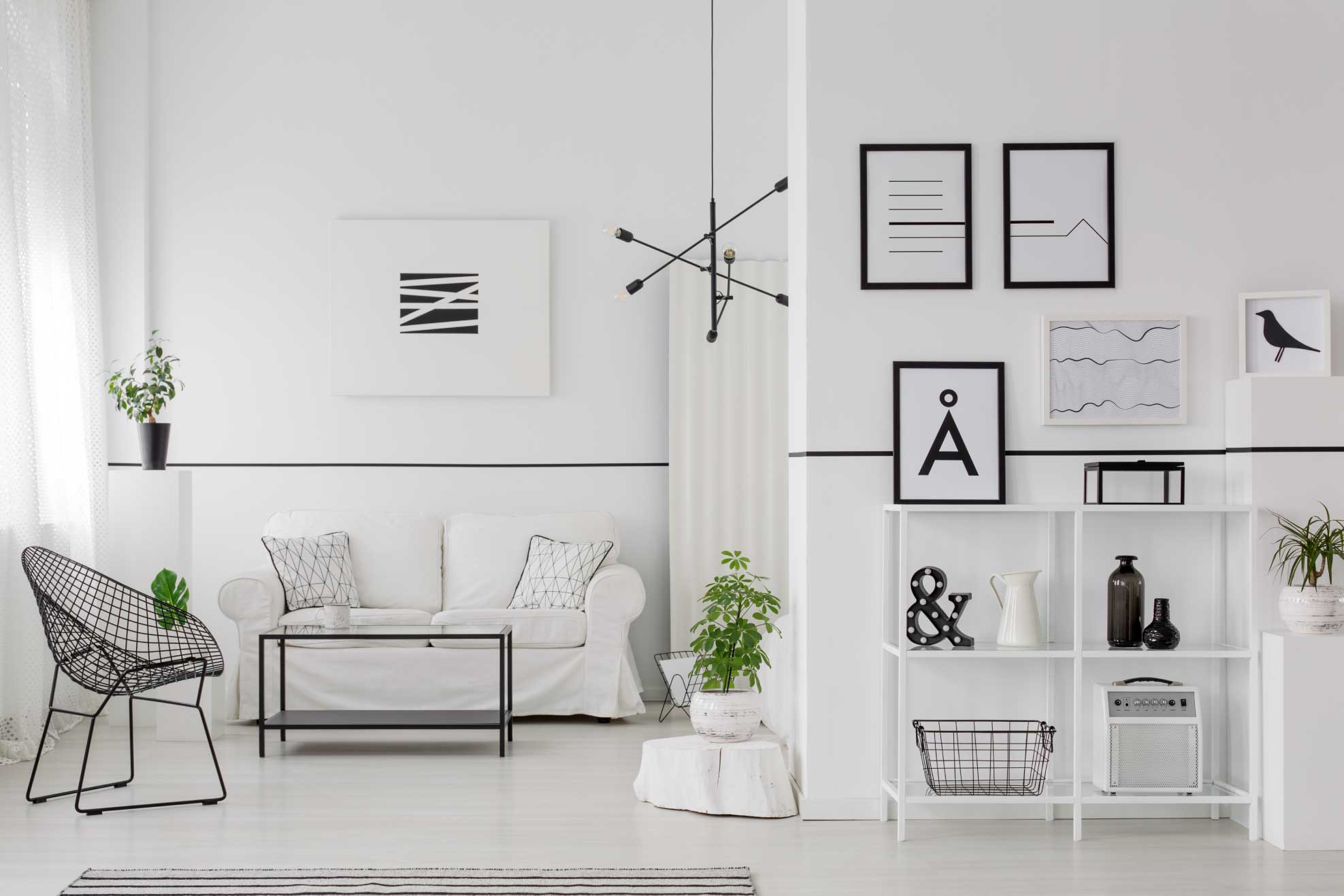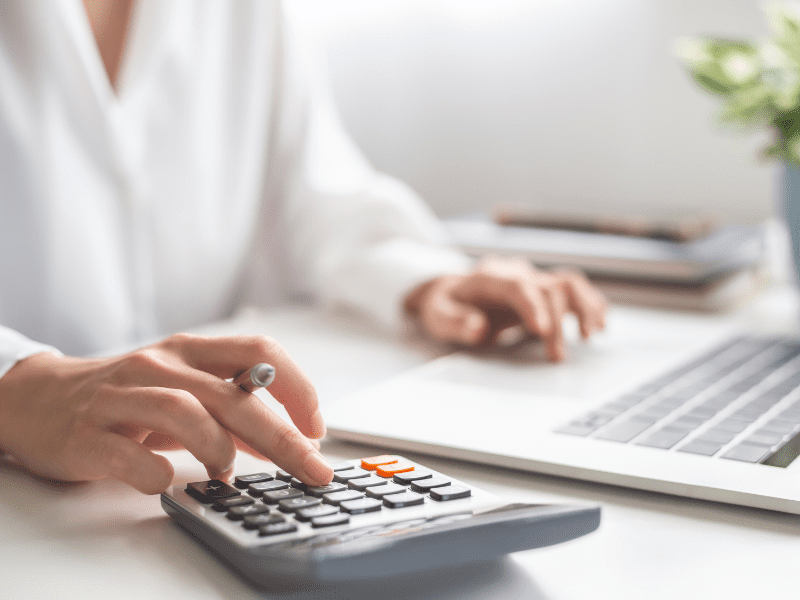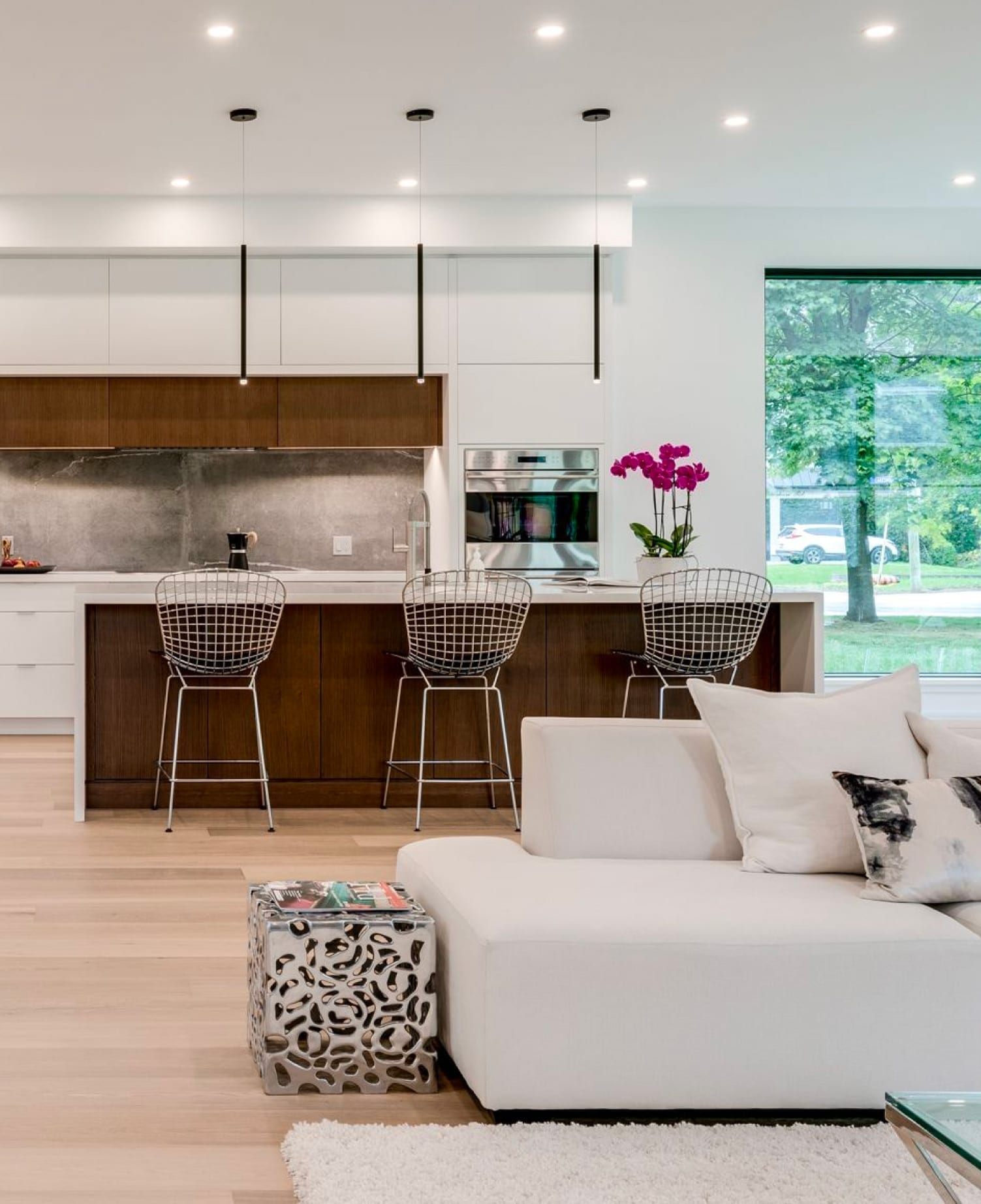For as long as anyone can remember, buying a home has been a milestone we have looked forward to ever since we were children. Nothing said “I’m all grown up,” like turning the keys into your very own place that you obtained through years of hard work.
Now, with the real estate market the way it is, that much-anticipated goal seems more unattainable with each passing year. In Toronto, housing prices have more than doubled over the last decade. Values are still rising as the population grows and the market becomes even more competitive.
Residents have been pressuring governments at all levels to do something to alleviate this crisis. Over the last few years, those efforts have paid off, and a few measures have been implemented to try to control the housing situation.
The latest initiative is the “First Home Savings Account” (FHSA). What does this mean, and how can it help you achieve that celebrated step of buying your first home?
The Most Challenging Obstacle to Homeownership
Have you ever asked anyone in the rental market why they haven’t yet taken the plunge and bought a house? The answers may vary. Some people aren’t ready for the commitment. Others are intimidated by the thought of all the maintenance and responsibility of owning a home.
But for many people, saving for a down payment is the biggest obstacle to overcome. With the rising rent costs, it can be challenging even for high-income earners to set money aside.
The FHSA allows you to start saving money without tax penalty into a registered investment account for the express purpose of buying your first home.
Who Qualifies for an FHSA?
Starting April 1, 2023, first-time buyers can open an FHSA. To qualify, you must:
- Be at least 18 years old
- Be a resident of Canada
- Be a qualified first-time home buyer
Looking for ways to add style and an air of luxury to your first home? The following may give you some inspiration:
- Luxury Design Trends For 2023
- Simple Ways To Elevate Your Home Decor
- How To Build The Perfect Gallery Wall
What Is a First-Time Buyer?
The answer to the above question may seem simple. Common sense means someone who has never bought or owned a home before. However, the law tends to make things more complicated.
You can be considered a first-time buyer so long as you did not reside in a home you or a spouse or common-law partner owned or jointly owned at any point in the last four calendar years.
Let’s say you once owned a home, but you sold it after separating from your partner. If four years have passed and you’ve been renting or living with relatives ever since, you can again qualify as a first-time home buyer.
To open an FHSA, simply visit your bank, credit union, or insurance company. You can open multiple accounts if you wish. Just be careful not to exceed the maximum contribution so that you don’t incur a tax penalty.
When Can You Withdraw From Your FHSA?
Your money belongs to you, and you are free to withdraw it anytime for any reason. However, if you make a withdrawal for any reason other than buying a home, it will be considered income and could result in higher taxes.
A qualified withdrawal is tax-free. You must have a written agreement to buy or build a home you intend to occupy as your primary residence within one year of taking possession. After your first qualified withdrawal, you have until December 31 of the following year to close out any remaining funds in your FHSA.
How Much Can You Save?
Each year, you can contribute a maximum of $8,000 to your FHSA. There are two benefits to doing so:
- Your contributions lower your annual income, resulting in lower taxes owed for the year.
- The more money you put into the account, the faster your investments will grow. Best of all, your returns on investment are also tax free!
What happens if you invest less than $8,000 in a calendar year? In that case, you can transfer the balance to the following year. For example, imagine you contribute only $2,000 the first year you open your account. This leaves you with $6,000 participation room remaining. The following year, you can add that $6000 to your $8,000 limit. Your total contribution room for the next year becomes $14,000. Lifetime contributions to an FHSA are capped at $40,000.
Accurate information and expert guidance are the most valuable resources when buying a home, especially your first. The posts below will help:
- New Laws In Real Estate For 2023: A Lawyer Weighs In
- Questions To Ask Your Realtor®
- Realtor® Negotiation Red Flags You Don’t Want To Ignore
FHSA Vs the Home Buyer’s Plan
Does the FHSA sound familiar? If so, there’s a good reason. The incentive is similar to another program called the Home Buyer’s Plan, which has been in effect since 1992. This existing incentive allows you to pull $35,000 from registered savings accounts to put towards your first home purchase. There are a few key differences between the FHSA and the Home Buyer’s Plan:
- The maximum amount you can withdraw under the Home Buyer’s Plan is $35,000. The FHSA allows you to save up to $40,000, plus any profits from the investments.
- Any funds used under the Home Buyer’s Plan must be repaid within 15 years. Otherwise, you may be taxed on any remaining amount. The FHSA is used for a dedicated purpose. Once you buy a house, you close the account, but there is no need to repay.
Want to get the latest news on the market in the GTA? Subscribe to our newsletter right here.
More Good News For First-Time Buyers
You can take advantage of both the FHSA and Home Buyer’s Plan when buying your first home. If you buy with a partner who is also a first-time buyer, it gets even better. You can both open use the FHSA and the Home Buyer’s Plan and double the benefits of both programs. To do so, you must each have a separate account under each name. How much will combining programs allow you to save?
- If you both use the FHSA, the combined benefit works out to $80,000.
- Under the Home Buyer’s Plan, you can each withdraw $35,000 for a total of $70,000.
- If you maximize both plans, you could have a total of $150,000 ($80,000 + $70,000) towards your purchase.
When Should You Open an FHSA?
The sooner the better! If you are at least 18 years old, you will benefit most from the incentive by participating as early as possible. Why?
Just like setting up a retirement savings account, it’s better to start young. Consider this:
If you have only five years before you plan to buy your first home, you must contribute $8,000 to reach the $40,000 maximum.
If you have 15 years before you want to buy, you can put aside just $2,666 per year to maximize the plan. Plus, you’ll benefit more from compound interest.
The younger you are when you start saving, the more investment income you will earn, even from small contributions.
When to Close Your FHSA
Unlike an RRSP or RRIF, you can’t keep saving into your FHSA beyond 15 years. Your participation period will end on December 31 when any of the following occurs:
- 15 years after opening your first FHSA
- You celebrate your 71st birthday
- A year passes from your first qualifying withdrawal
What happens to funds remaining in the FHSA after you close the account? You have two options:
- You can make a taxable withdrawal. These funds must be claimed as income on your tax return.
- You can transfer any remaining funds to an RRSP or RRIF and continue benefiting from tax-sheltered investments until retirement.
Housing values remain high in the current market, especially in the GTA. However, this exciting new incentive will make it easier for countless first-time buyers to make the dream of homeownership come true.
Do you have questions about the FHSA or any other part of the home-buying process? Reach out to us at tanya@tcteam.ca or call 647-293-3785 for more information.







